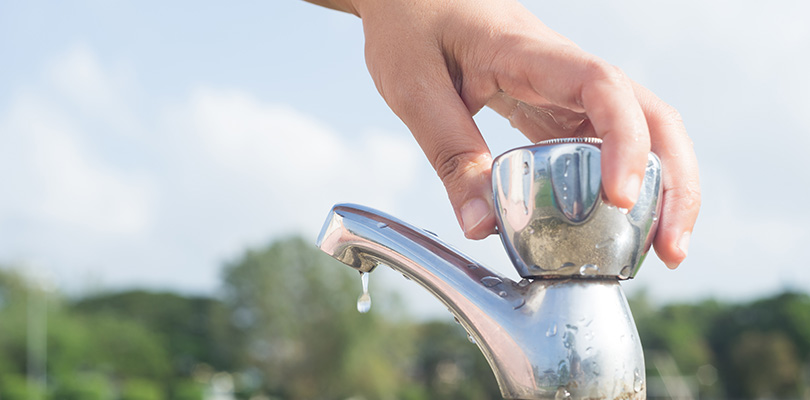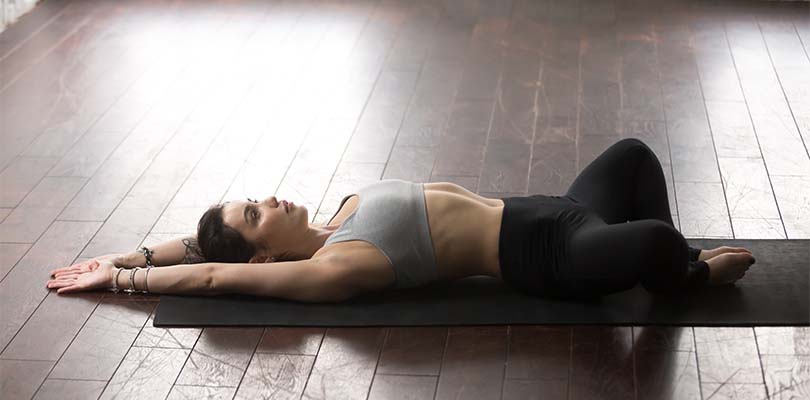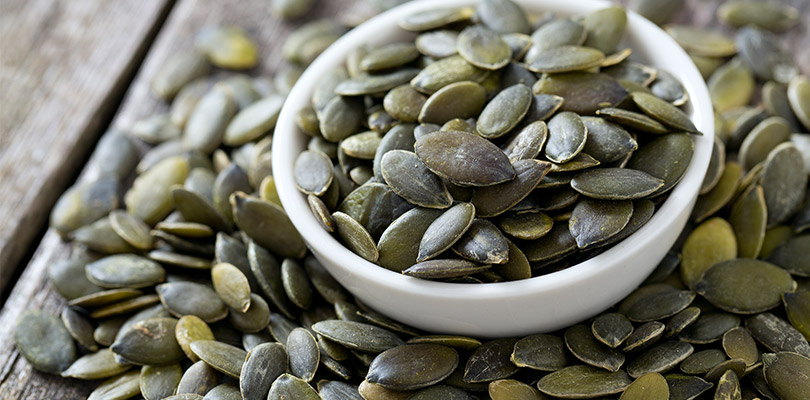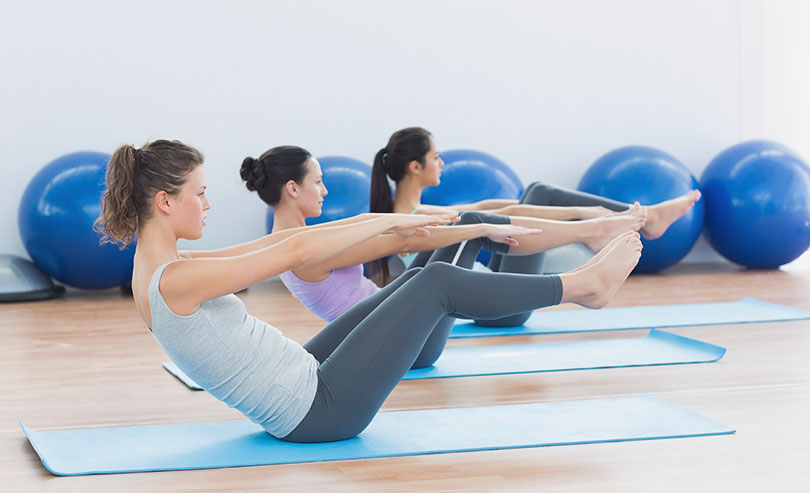How to Stop Bladder Leakage
Bladder control issues refer to the unwilling release of urine. While poor bladder control doesn’t cause any major health issues, it can lead to some pretty embarrassing moments. Leakage can occur due to an overactive bladder or urinary incontinence.
The good news is that this condition is almost always treatable, and is most definitely not a necessary consequence of aging, childbirth, or an unavoidable part of being a woman.
Types of Bladder Leakage
There are different types of incontinence:
- Stress incontinence – caused by laughing, coughing or being overweight. This type of incontinence happens when anything puts pressure on the bladder.
- Urge incontinence – when there is an intense urge to urinate, and unwillingly you release urine.
- A mixture of both stress and urge incontinence.
- Overflow – when the bladder cannot be emptied completely, and therefore it leaks unexpectedly.
Causes of Bladder Leakage
Urinary incontinence tends to be more frequent in women as pregnancy, labor, and menopause can trigger it. It can also occur to men, due to an enlarged prostate, diabetes, and other conditions such as Parkinson’s disease.
10 Ways to Stop Bladder Leakage
Fortunately, this is a treatable condition, and lifestyle changes play a key role in helping to alleviate symptoms. Here are the ten most effective strategies for stopping bladder leaks.
1. Pelvic Floor Exercises
Bladder leakage is often the result of weak pelvic floor muscles, which can be strengthened. Kegel exercises are the most widely known technique for strengthening these muscles. Pelvic floor muscles support not only the bladder but also the uterus, small intestine, and rectum.
These exercises can be practiced even during pregnancy and after childbirth to prevent incontinence. Results can be seen after a few weeks, but for best results, they should be part of your daily routine. Pelvic floor exercises can be done anytime, anywhere: while sitting at the office without anyone noticing, as well as lying down and standing.
For women, there are even vagina weights to boost their effect further.
2. Electrical Stimulation
Many individuals have trouble sensing their pelvic muscles, and they mistakenly activate their abdominals and gluteus instead.
This is where electrical stimulation can help – by placing a small electrode inside the vagina or rectum and delivering an electric current, the pelvic floor muscles will contract.
This therapy can be done at a doctor’s office, but also in the comfort of your own home thanks to home versions of these machines, offering a range of different strengths and time intervals.
3. Increase fiber intake
This dietary ingredient resolves constipation, which is one of the triggers of urinary incontinence. Fiber is found in:
- Whole-grain products
- Vegetables, such as avocado
- Peas, lentils and other beans
- Nuts and seeds
According to the Institute of Medicine, general intake recommendations are 25 grams for women up to the age of 50 years, and 21 grams for those over 50 years. For men, the recommendations are 38 grams up to the age of 50 years, and 30 grams for those over 50 years. This is a very easy target to achieve, just think of a salad topped with flax seeds or pumpkin seeds.
Most importantly, fiber works best when it absorbs water so make sure you drink plenty of water for your stool to be soft and formed.
4. Avoid Irritants
Caffeine, alcohol and carbonated drinks have been shown to irritate the bladder and make bladder leakage symptoms worse as they make you want to urinate more. The same goes for energy drinks as they also interfere with brain signals and consequently when you need to urinate.
Another dietary change is to avoid acidic, spicy foods and sweets. Acidic fruits such as lemons are found by some to worsen the condition so you should also avoid citrus teas. Ketchup and tomato sauces are a no-no, but surprisingly, even pineapple belongs to this group, and regrettably, chocolate has both caffeine and acid.
Getting through the holidays with OAB can be overwhelming; follow these eight tips to manage your OAB without sacrificing your holiday spirit.
The choices you make greatly depend on your tolerance, so it may take a little trial and error to see what irritates your symptoms. For example, if you think caffeine is a problem, try switching to decaffeinated coffee for a while and see if your symptoms improve.
After a trial period, try restoring regular coffee in small amounts and see if the symptoms worsen. You can do this will all possible irritants to see what foods and drinks worsen your symptoms.
5. Maintain Healthy Vitamin D and Magnesium Levels
Many people are deficient in the sunshine vitamin, and studies show that women with sufficient vitamin D are less likely to suffer from pelvic floor disorders. The recommended daily amount is 600 IU.
On the other hand, magnesium has been shown to ease muscle spasms and therefore help the bladder empty completely, resolving sleepless nights due to incontinence. Some magnesium-rich foods are:
- Sesame
- Bananas
- Potatoes and starch
If you opt for supplements, your doctor should be consulted first.
6. Stop Smoking
A chronic cough is common in smokers and besides being a risk factor for cancer as it aggravates the bladder and can worsen bladder leakage. Urge incontinence is three times more common in women who smoke than in those who do not, supporting studies that heavy smokers are at greater risk of incontinence.
7. Hydrate Properly
Too much water can worsen the condition; yet too little can also make it worse, as it could lead to UTIs. The recommendation is to drink smaller glasses of water at intervals throughout the day rather than sipping all day and to avoid drinking water at least 2 hours before bedtime.
8. Reduce Stress
Learning relaxation techniques can also help in learning how to control the pelvic floor muscles and is therefore advisable.
Learning how to breathe properly, meditate, or simply practicing mindfulness may be a good start as stress and an already troubled bladder are a bad combination.
9. Train Your Bladder
Try following a strict bathroom schedule, such as going every few hours to prevent your bladder from overflowing. If you feel the urge to urinate before the scheduled time, try to hold it for a few minutes more by tightening your muscles so you can achieve longer periods between bathroom visits.
10. Take Care of Your Body
Be active and maintain a healthy weight. When overweight, the pressure on the abdomen is greatly increased, as is the pressure on the bladder. Multiple studies have shown that walking or swimming for just 30 minutes a day may greatly improve bladder control.
Conclusion
All of the above strategies work best when they are exercised continuously. Track your progress and make a note of any leaking to make the connection.
No recipe is universal, and everyone has a unique formula for success, which is a lot easier to find once the cause of your bladder leakage is discovered.







